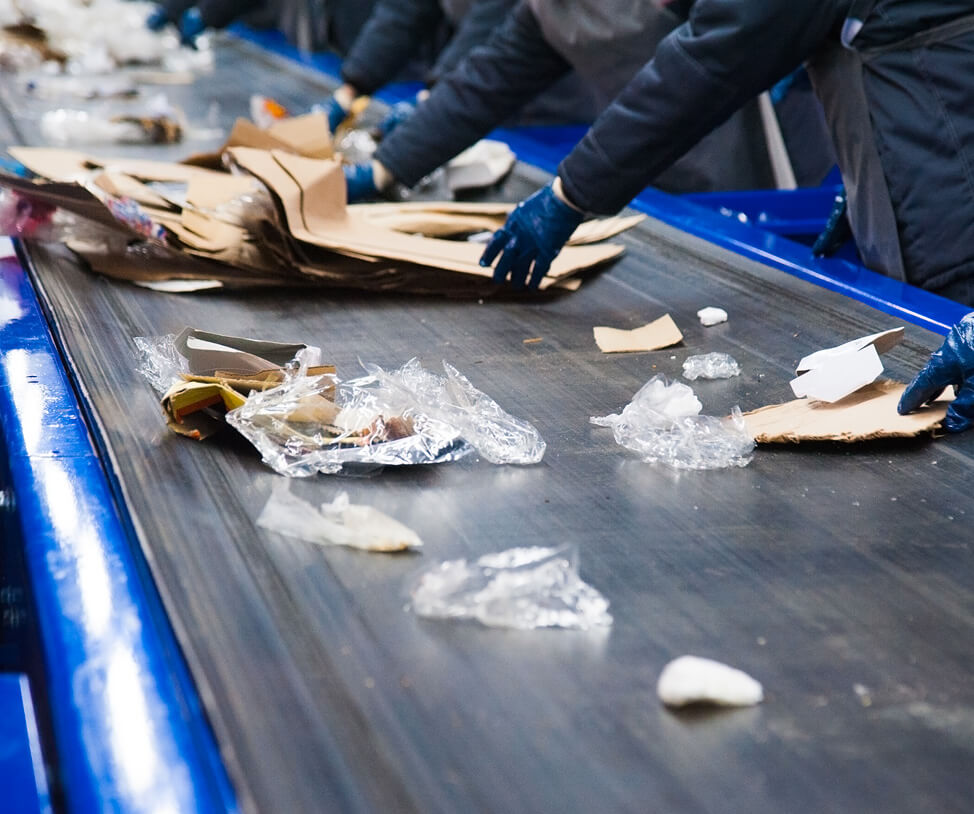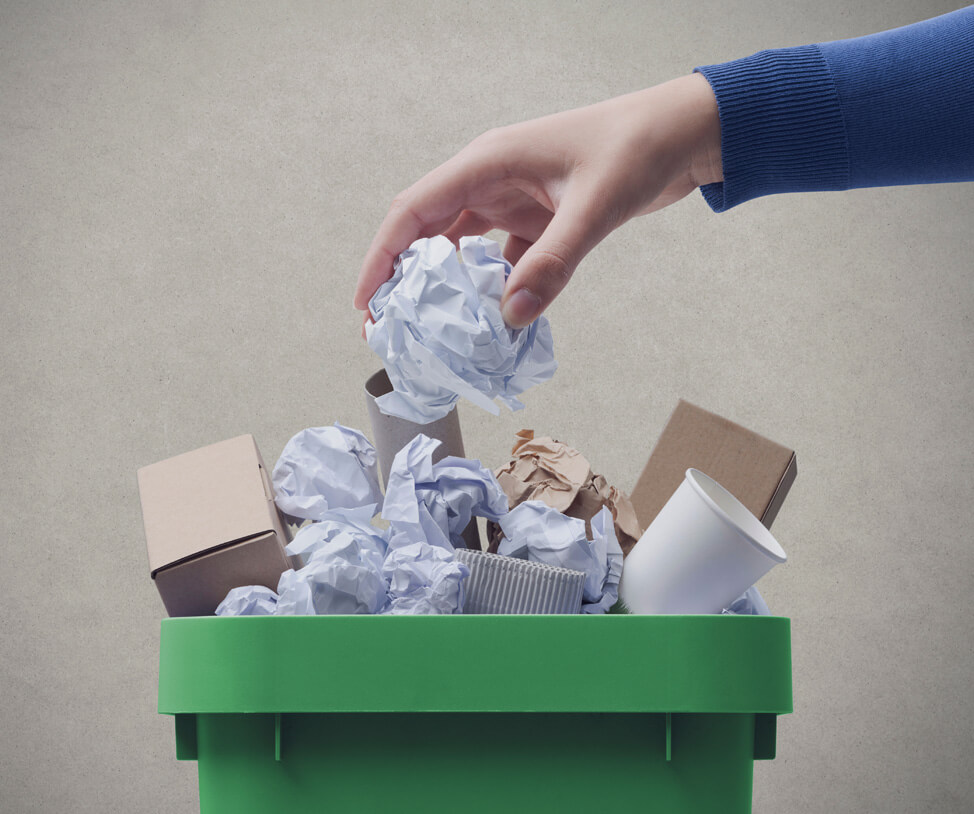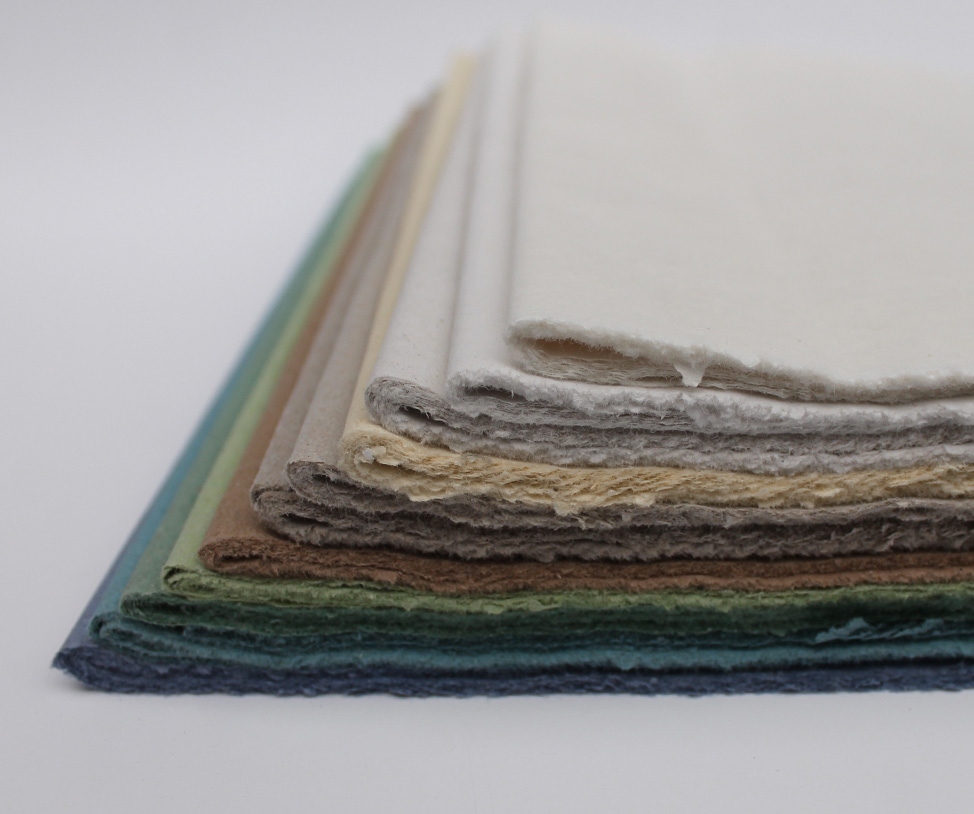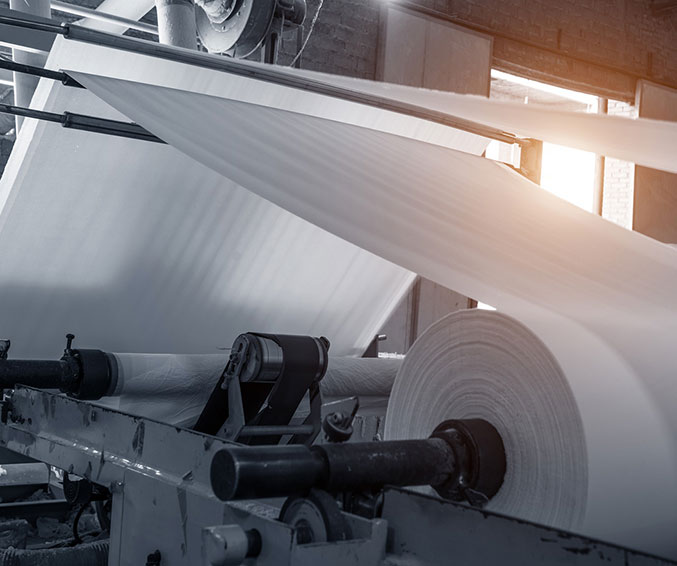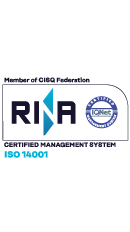The paper recycling process is an operation divided into several phases that aim to safeguard the environment by avoiding the felling of new trees for the production of new paper.
Let’s explore how this procedure takes place and the different stages that distinguish this process.
- The stages of paper recycling
- The collection phase for paper recycling
- Paper selection and recycling
- The paper pressing phase
- Paper recycling: the cutting phase
- Cleaning recycled paper
- Pulp creation during paper recycling
- The paper finishing phase
- Advantages of paper recycling
- Paper recycling and Cartiera San Giorgio
The stages of paper recycling
Paper recycling is characterized by several processing stages, each of which holds great importance in transforming waste into new paper without implementing processes harmful to the environment and our planet.
Specifically, the various processing stages of paper recycling are:
- Collection
- Selection
- Pressing
- Shredding
- Cleaning phase
- Pulp creation
- Finishing
Each of these steps serves a specific purpose, namely to create a semi-finished product capable of ensuring the production of an excellent final tissue product.
Collection phase for paper recycling
The first phase that initiates the recycled paper manufacturing process is the collection phase. This operation relies on the collaboration of the population through separate waste collection, which separates paper from other waste.
This procedure is crucial as it provides specialized companies with the necessary material to create new paper by utilizing used one. It is fundamental to separate paper from other waste to avoid confusion and material waste.
Paper selection and recycling
Once collected, the paper undergoes a thorough analysis to determine which can be reused and which must be eliminated. Not all recyclable paper can undergo further processing, ensuring that only high-quality products are obtained. The selection phase is precise, identifying various products that can be reused and those that need elimination, ensuring an efficient recycling process.
Paper compression phase
After selecting the paper and removing any impurities, the material undergoes a compression phase to reduce the volume for transportation. Efficient transport is essential when moving paper to recycling centers or paper mills, making compression crucial to prevent multiple trips or delays in the recycling process.
Paper recycling: cutting phase
Once delivered to the paper mill or authorized recycling center, the first recycling phase begins with cutting the paper. This operation is vital as it shreds the paper, making the subsequent maceration process less complex. Cutting significantly reduces processing time, allowing the material to be used for the production of new sheets and other products.
Cleaning of recycled paper
The next phase involves washing the paper. Since the paper to be recycled has been used for various purposes, washing removes all traces of previous use, ensuring a clean paper that can be reused. The removal of inks is a crucial part of this operation, carried out carefully to preserve the quality and strength of the material.
Pulp creation during paper recycling
Following the washing process, an essential phase involves reducing the material to pulp. This step creates a material ready for thorough processing, resulting in various high-quality products. The pulp, often added with cellulose and other natural materials, undergoes subsequent processing stages, producing optimal quality paper applicable to various uses.
Paper finishing phase
The final procedure in the paper recycling process is finishing and product inspection. This phase is critical as it determines whether the products need additional refinement before entering the market or if they are ready for sale and use. The careful analysis ensures that the recycled paper meets high-quality standards.
Advantages of paper recycling
Recycled paper offers several important advantages, including:
- Avoiding deforestation: by using recycled paper, the need for cutting down trees is reduced.
- Utilizing high-quality products: recycled paper provides an excellent-quality material for various purposes.
- Improving environmental conditions: the recycling process itself does not produce pollution, contributing to a cleaner environment.
In conclusion, paper recycling is an operation with significant advantages, not only in environmental conservation but also economically.
Paper recycling process and Cartiera San Giorgio
In Italy, Cartiera San Giorgio is responsible for producing recycled paper, utilizing 95% recycled paper for its rolls and other products. The certified origin of the recycled material ensures product quality.
Additional cellulose, enhancing product quality and longevity, comes from certified forests. Cartiera San Giorgio meticulously follows the indicated procedures during the recycling process, ensuring a superior-quality recycled paper that rivals traditional methods without excessive deforestation and environmental damage.
